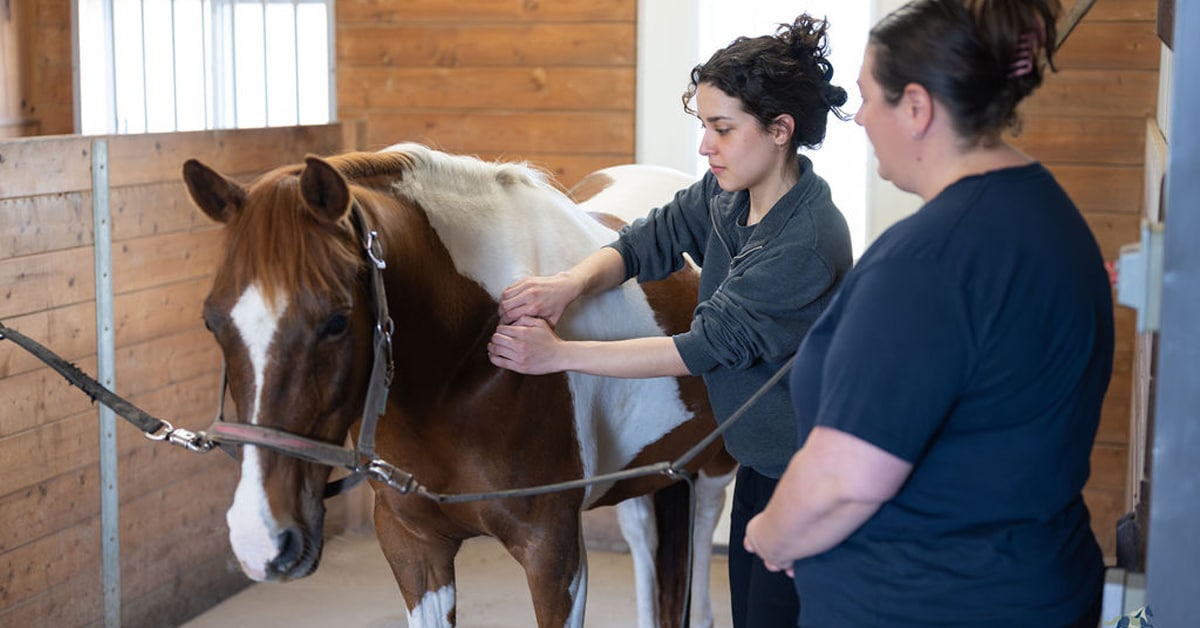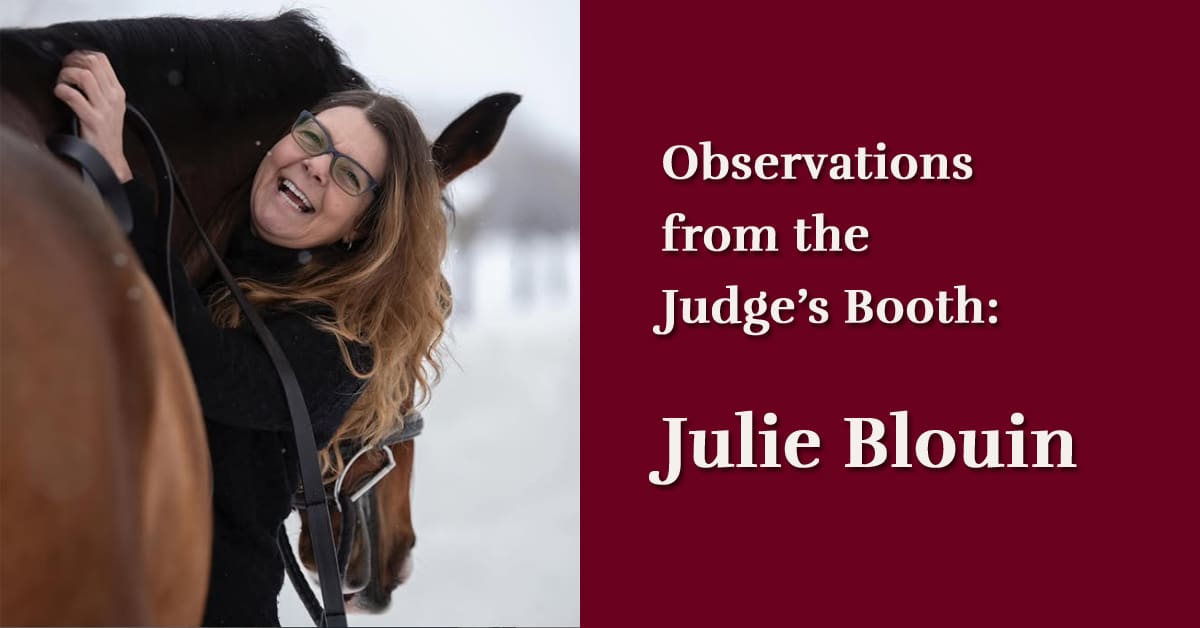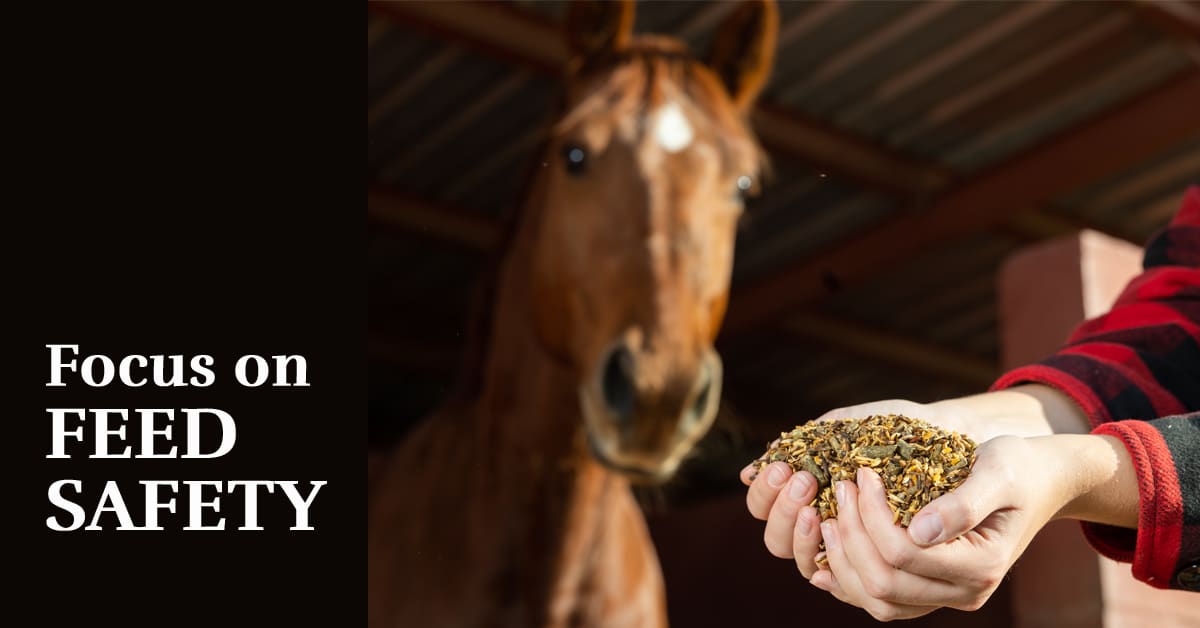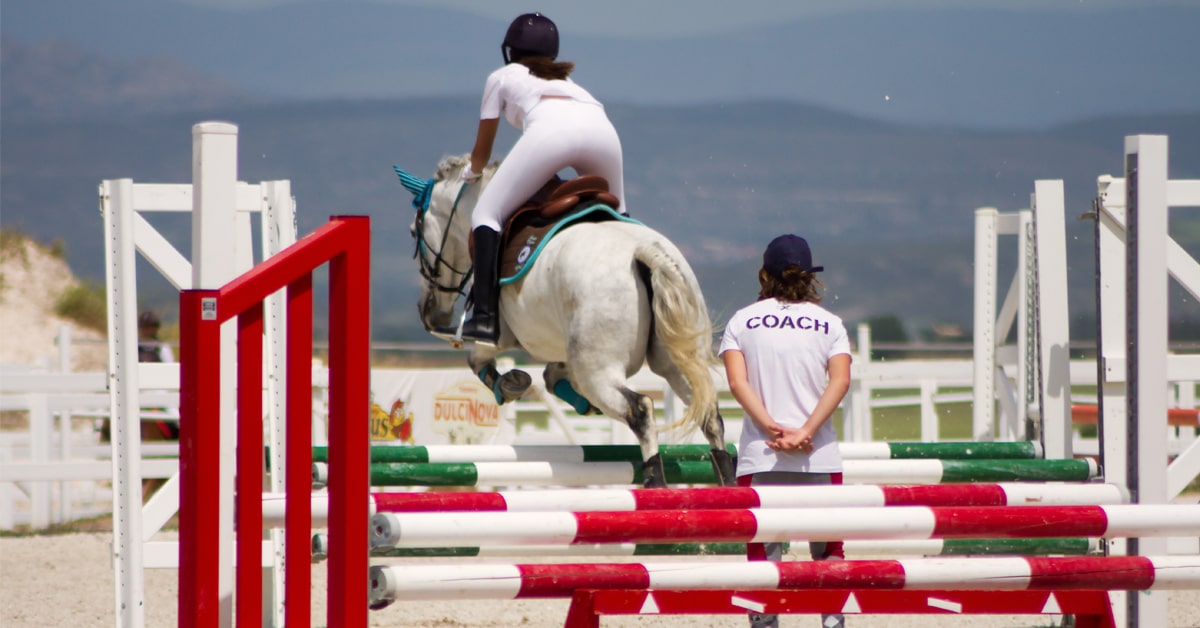Waking up from general anesthesia is one of the most dangerous parts of equine surgery. Many drugs used for horse anesthesia produce weakness and disorientation, which makes standing after surgery challenging. In a worst-case scenario, a horse may catastrophically injure themselves after surgery and require humane euthanasia. While many methods have been developed to mitigate the risk of anesthesia in the horse, the risks of general anesthesia must always be considered when making surgical plans.
One method to avoid risks associated with recovery from general anesthesia is to perform the surgery utilizing standing sedation. With advances in sedative and local anesthetic techniques, many procedures that were once only performed under general anesthesia can now be performed safely while the patient is standing. This eliminates the need for horses to rise to a standing position at the conclusion of the procedure and may allow for the use of minimally invasive surgical approaches as well as improved visualization of the surgical site. This article highlights procedures that have recently been reported under standing sedation.
Several types of fracture repairs have been performed in the standing position. One of the most common types of fracture treated under standing sedation is a nondisplaced or incomplete fracture of the lower limb. This is ideal for standing repair because the fracture fragments are still very close together and do not require much manipulation for realignment. Recently, a pastern joint arthrodesis (joint fusion procedure) was also conducted. This technique may be especially important for larger draft horses, which have increased anesthetic risk.
Arthroscopy (using a small video camera to look inside a joint) under standing sedation is now more commonly performed and takes advantage of a small, single use camera. These camera systems have been used to explore several joints, including the stifle, fetlock and even cervical facet joints in the neck.
The upper airway is highly accessible in a standing horse, and sinus surgeries are routinely performed under standing sedation to improve visualization and hemostasis. Recently, small cameras have been used to improve visualization of the sinuses while working through a very small hole in the facial bones. Other upper airway surgeries, such as the laryngeal tie back and laser vocal cordectomies for roaring, are commonly performed under standing sedation. This is again especially advantageous in large draft horses often afflicted with this condition.
Ceratohyoidectomy, a less commonly performed upper airway surgery for the treatment of temporohyoid osteopathy, was recently performed under standing sedation. Ataxia (wobbliness) is one clinical presentation of THO, and the use of standing sedation may be valuable to avoid additional instability associated with general anesthesia.
While many types of abdominal surgery still require the horse to be under general anesthesia, several standing abdominal surgeries are considered relatively routine. These include laparoscopic ovariectomy (removal of an ovary) or cryptorchidectomy (removal of an undescended abdominal testicle). Recently, there have been more reports of colic surgeries performed under standing sedation; these range from laparoscopic exploratory surgery, biopsy collection, intestinal displacement correction and even intestinal resection and anastomosis. However, major difficulties with these surgeries can include keeping the patient stable and comfortable enough to remain standing throughout the procedure.
Standing surgery is not without drawbacks or additional complications. Because the patient is conscious for the procedure, they may continue to move despite sedation and analgesia. Additionally, the patient must remain standing, which may be difficult for horses with underlying orthopedic disease. Lastly, standing procedures often require extensive set up to ensure that a sterile surgical field is maintained, and they have a significant personnel requirement.
The number and types of standing surgical procedures that can be safely completed in the horse continues to grow on a regular basis. Standing surgery allows for expanded treatment options that may not have been previously possible due to risks associated with general anesthesia. While there are advantages of standing surgery, each case should be evaluated on an individual basis. If you have questions regarding the possibility of having a surgery performed under standing sedation, contact a large animal surgeon to discuss options.
The Latest









